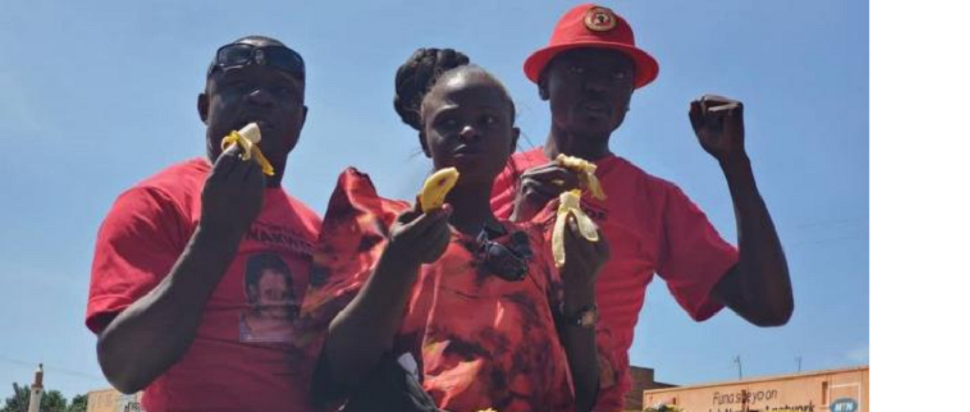Nearly 9 million Internally Displaced Persons (IDPs), 4.7 million refugees and asylum-seekers are suffering some of the worst impacts of the COVID-19 pandemic. This is according to a study conducted by the International Organization for Migration (IOM) and World Food Programme (WFP).
The study, “Life amidst a pandemic: Hunger, migration and displacement in the East and Horn of Africa,” focuses on the pandemic’s impacts on mobility, livelihoods and food security in regional migration and hunger hot spots.
“Migrants, refugees and other forcibly displaced persons are among the most disadvantaged and disenfranchised groups globally and understanding their needs, and our progress towards meeting them, is essential to understanding where we stand on the SDG (Sustainable Development Goal) commitments,” said Mohammed Abdiker, IOM Regional Director, East and Horn of Africa.
As job and income opportunities shrank abroad at the height of the COVID-19 pandemic last year, the report notes there were increased numbers of returning migrant workers heading home empty-handed and required extensive support to reintegrate, placing considerable strain on their home communities as remittance flows dropped and travel frozen.
The study also found that 54 million people were acutely food insecure in the East and the Horn of Africa in 2020, including households in rural food insecure areas, as well as food insecure urban poor populations hit particularly hard by the pandemic.
Sudan, Ethiopia and South Sudan were among the 10 countries with the worst food crises globally in 2020 with 9.6 million, 8.6 million and 6.5 million people respectively acutely food insecure while Burundi has one of the highest levels of chronic malnutrition or stunting of children globally.
According to the study, the Tigray region in Ethiopia has become a new hunger hotspot since late 2020 with more than 4 million people facing severe food insecurity due to conflict.
The IOM-WFP report found the COVID-19 pandemic has also disrupted the mobility, public health and socio-economic opportunities of most people in the region. Other pre-existing, new and recurring challenges will continue to destabilize the region and strain the capacity of affected populations to cope with shocks, including conflict, insecurity, drought, floods and desert locusts. This will have implications for migration and hunger, with broader consequences for the achievement of the 2030 Agenda for Sustainable Development.
“COVID-19 has only added to the challenges faced by these already vulnerable populations. We must come together so those in need are not forgotten and receive lifesaving humanitarian assistance to meet their food, nutrition and other vital needs,” said Michael Dunford, WFP Regional Director for Eastern Africa.
However, as the impact of COVID-19 lingers on the economy and livelihoods, the organizations project several food-insecure people to remain high throughout 2021.





